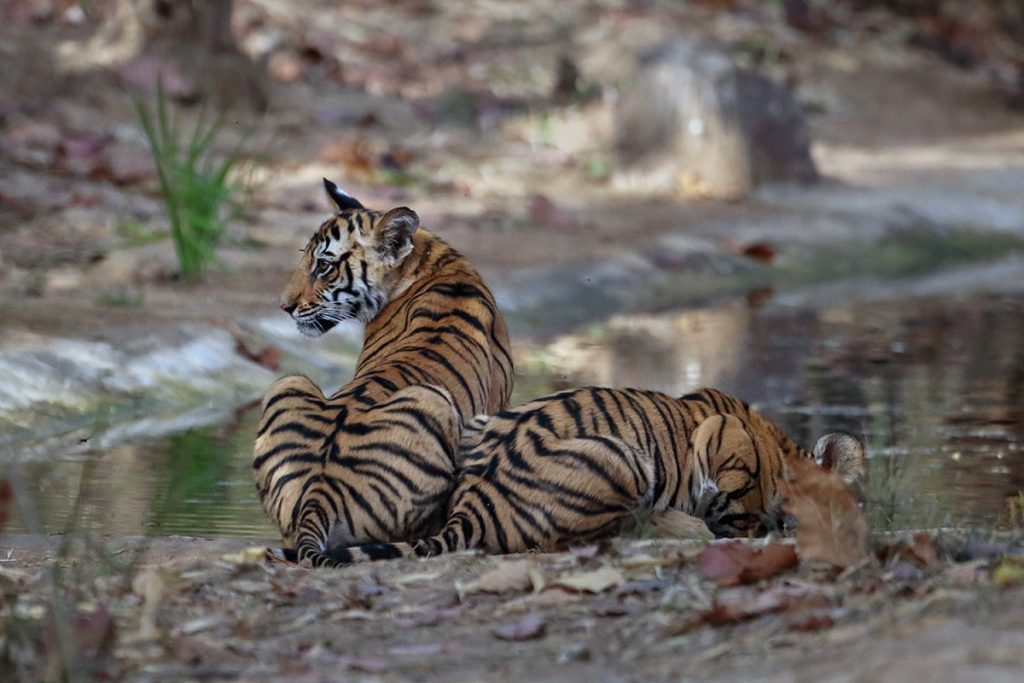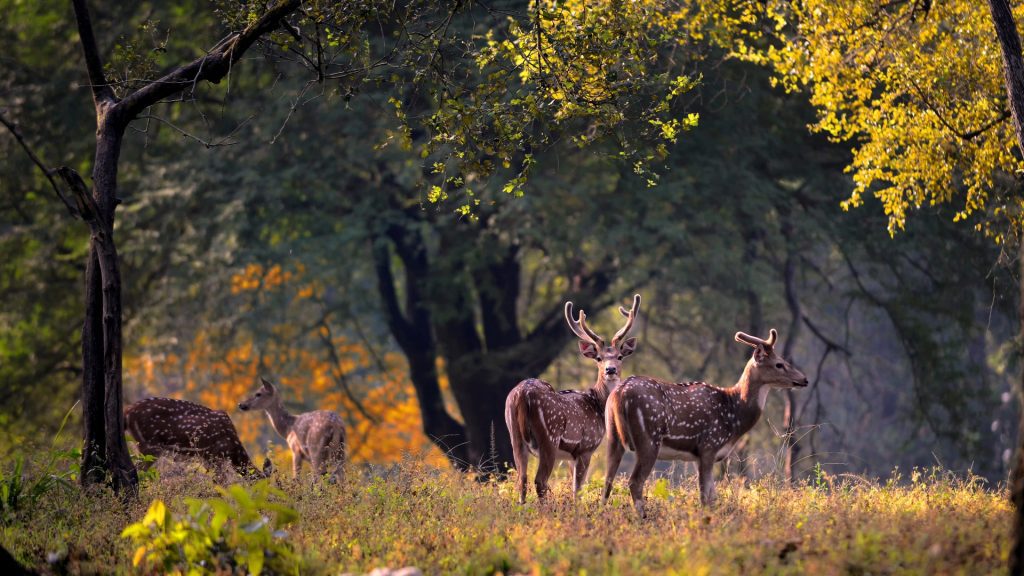The mysterious world of Tigers
What’s the price of your crown?
Count my stripes
What’s the way to your den?
Follow my stripes
What’s the reason you alive?
Blends in my stripes
What’s the cause of your fear?
My Stripes.
India is home to tigers. With 53 tiger reserves spread across 18 states, India is now home to over 3100 wild tigers, which is more than 2/3rd of the total world tiger population, making it the best place for Tiger Safari. No wonder a tiger safari in India is a forgone adventure that no wildlife enthusiast should miss.
Spotting a tiger in a jungle is a matter of perfect timing, patience, luck, and to a great extent your naturalist’s expertise. However, you can increase the chances of your rendezvous with the big cat by visiting some of the best tiger reserves in India.
While it’s thrilling to chase tigers in different national parks of India, it’s also equally important to respect the wildlife and not disturb it in any manner. The responsible approach to tourism, particularly wildlife tourism should be the norm. Therefore, you should choose to experience the forests only with a brand that practices environment-friendly ideologies.
Pugdundee Safaris is recognized as one of India’s leading responsible safari companies. With seven intimate jungle lodges in Central India and many bespoke wilderness experiences it presents the very best of the Indian subcontinent wildlife & hospitality. Between 2009 and 2023, we have been awarded for our excellence in wildlife safaris, our commitment to sustainability, our experienced naturalists and our pioneering mobile safari initiative.
Pugdundee is a Hindi word meaning a foot trail commonly used by humans and animals, this word is popularly used for such beaten paths in the Indian jungles. We continuously strive to deliver the best possible guest experience, while still integrating the conservation of jungles and the people living around. We are motivated by the hope of reaching out to people in the remotest areas of our country, as we believe that they are the front-runners of wildlife conservation. However, maybe just a drop in the ocean we consider that we are making a significant contribution to wildlife conservation and rural economy wherever our lodges are.
Driven by the love of Indian jungles we made an unplanned humble beginning in 1986, with a small-tented camp at Panna. Today, Pugdundee Safaris is run by a passionate team of wildlifers and hospitality professionals with a team of over 400 people committed in providing an incredible wildlife experience. The team includes naturalists, nature guides, boatmen, trackers and a marketing team based in Delhi.
How to book Tiger Safari in India
Besides its mainstay of running wildlife lodges, Pugdundee Safaris has been keenly engaged in conservation and community development activities. At Pugdundee we believe local people hold the future of the forests in their hands and can either help protect or destroy them. If we wish to conserve our forests, we must look after the needs of local people by helping to improve their ability to earn livelihoods. Our lodges set mostly in remote locations away from regular tourism hubs help ensure that the benefit of eco-tourism is distributed far and beyond.
Facts about Tigers
- Tigers are quite territorial. They engage in fatal fights to defend their territory.
- Tiger cubs are born blind and remain so until 6-14 days
- Tigers squint or close their eyes to show happiness. This is because losing vision lowers defense, so tigers (and many other cats) only purposefully do so when they feel comfortable and safe.
- They can jump more than 30 feet in a single leap & are strong swimmers.
- Tiger stripes are like human finger prints. Each of them are unique, no two tigers have the same pattern of stripes.
- Tigers mark their territory by urinating (scent spraying), scratching the bark of the trees and roaring.
- You can know the approximate age of tigers through the colour of their nose. While young its pink in colour and keeps darkening to blackish-brown as they grow older.
- A Tiger will retract it’s claws when it walks which is why you will never find claw marks on the tiger’s tracks.
- The white spots at the back of the tiger’s ears are called ocelli. There are many theories about their function which remains largely unknown.
- Tigers usually hunt their larger prey by ambush. They ambush the animal by leaping out and seizing its neck in their teeth. If a major artery is severed, the animal dies in seconds. Otherwise, the tiger hangs on as the prey thrashes and it quickly dies of strangulation.
Top 5 tips for Tiger Safari in India
- Book your Tiger Safari at least 120 days in advance
- Opt for a Tiger Safari with an experienced naturalist
- Experience a mix of different Tiger reserve zones
- Clothing for Tiger Safari in India
- Minimum of 5-6 Nights to ensure sightings
Courtesy: Vineeta Yadav | Photo Courtesy: Ashish Tirkey




